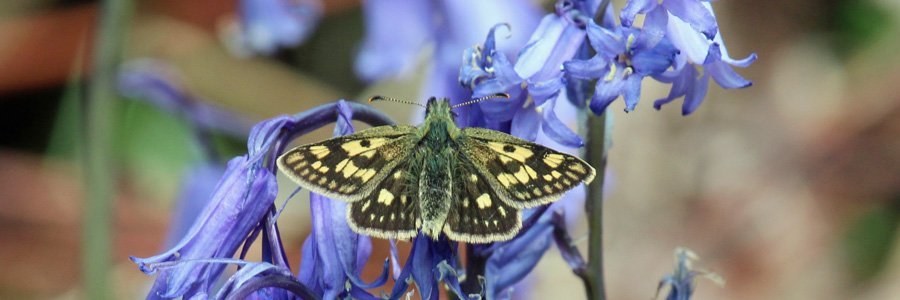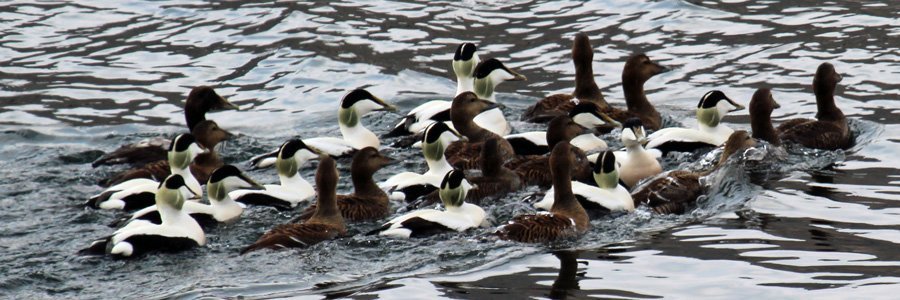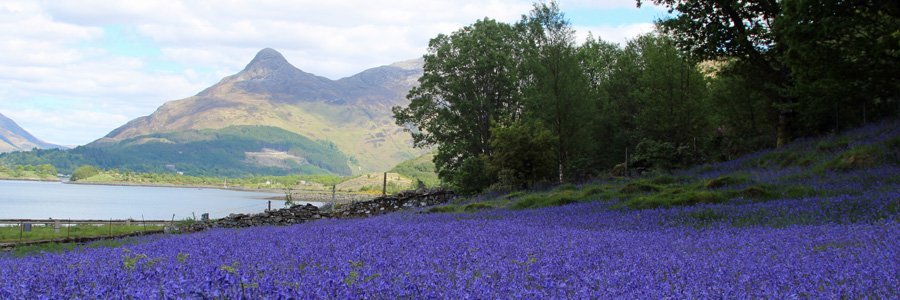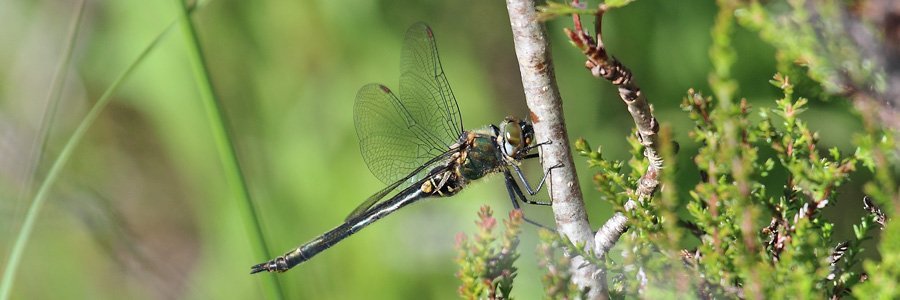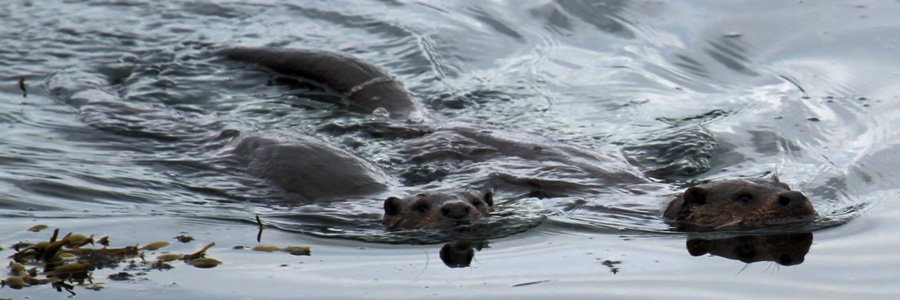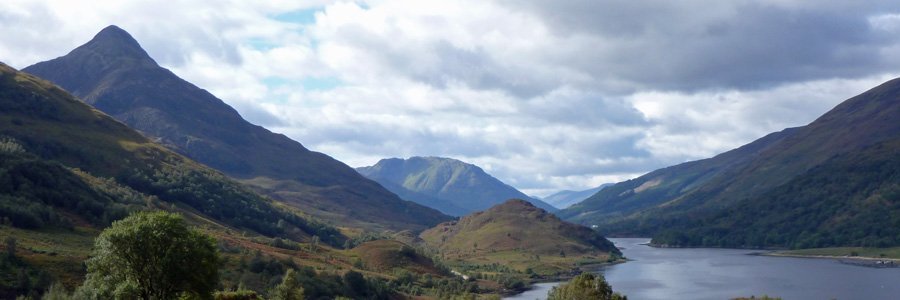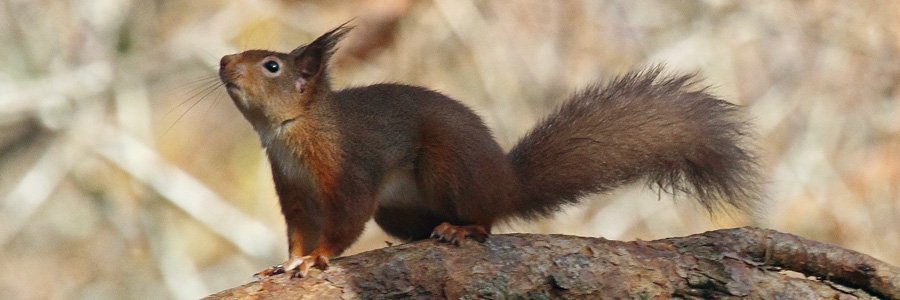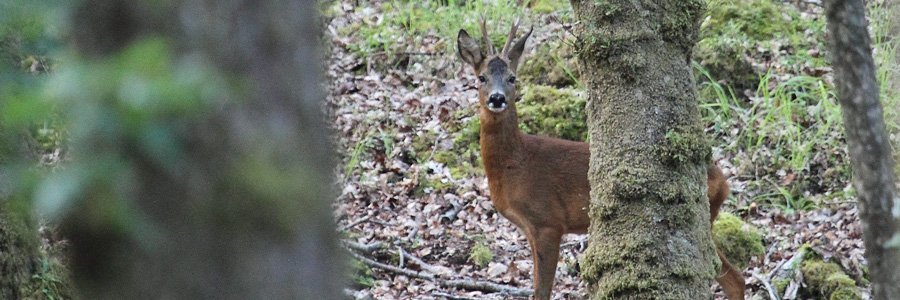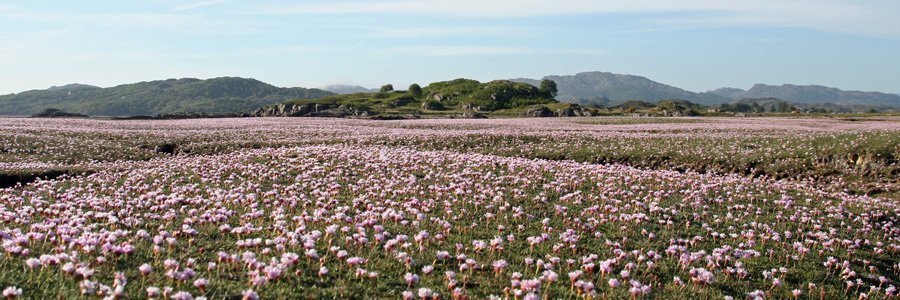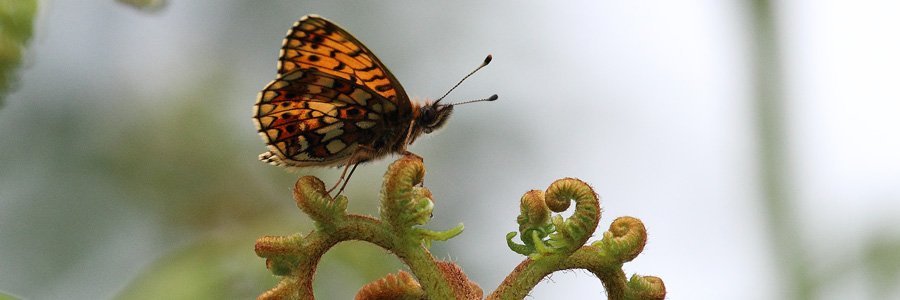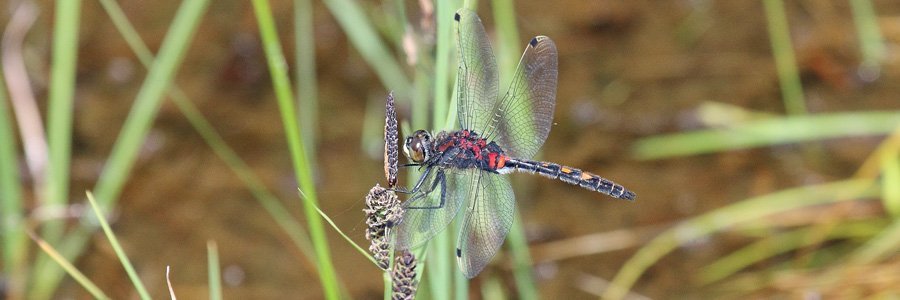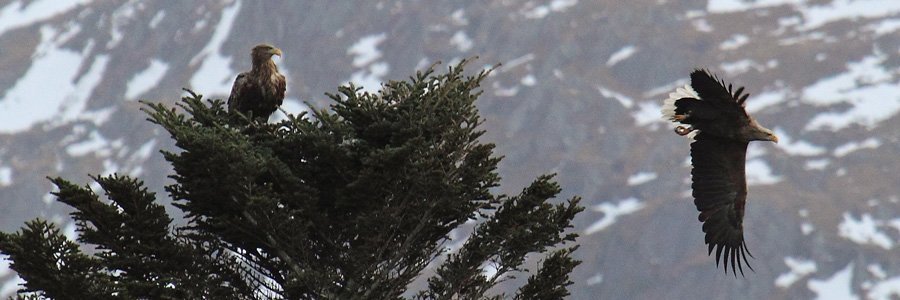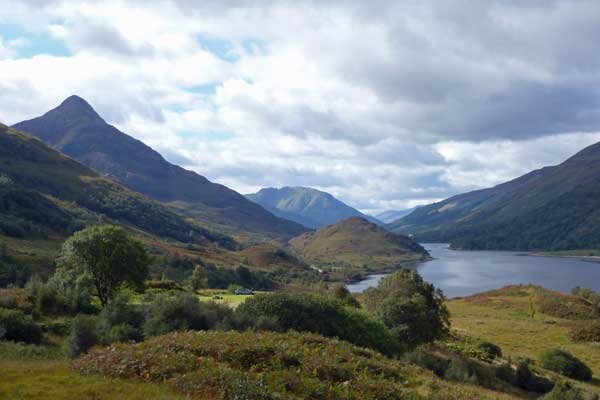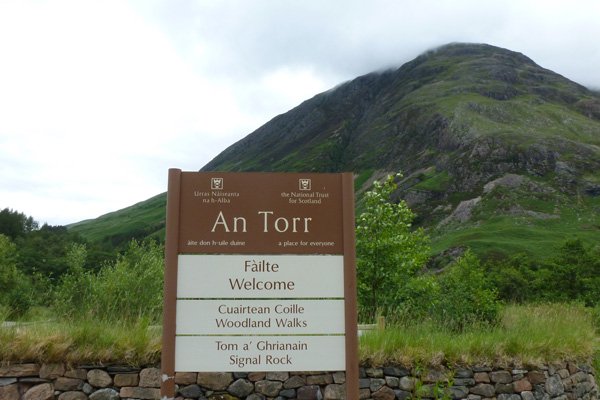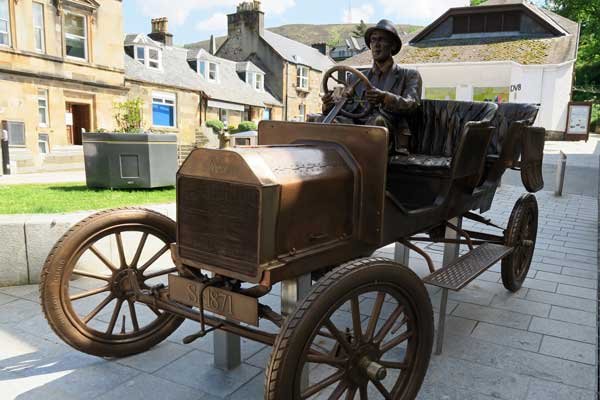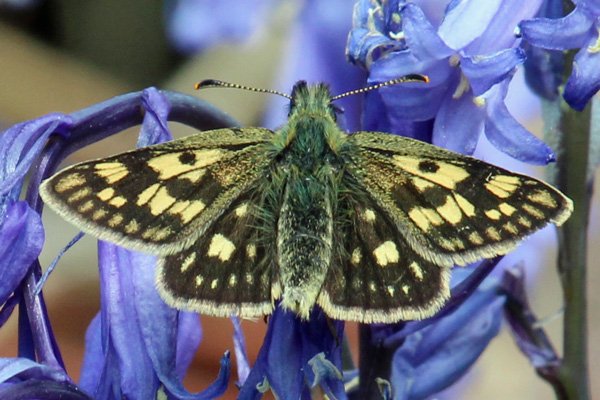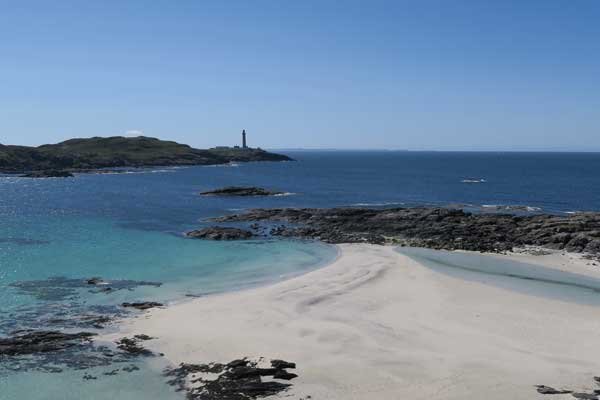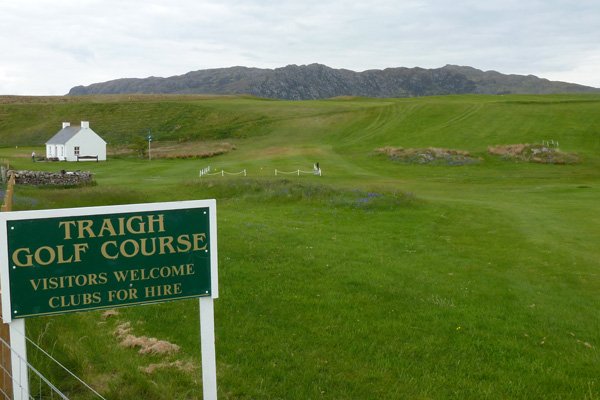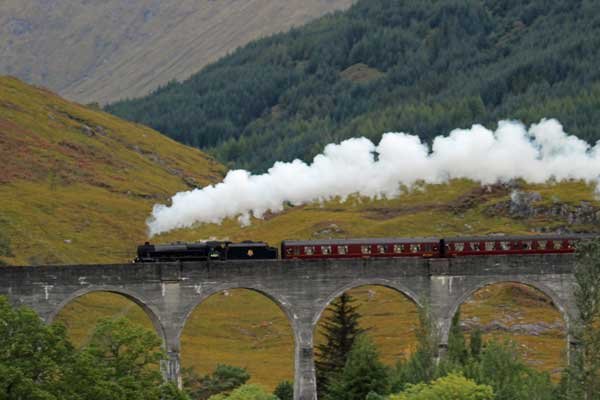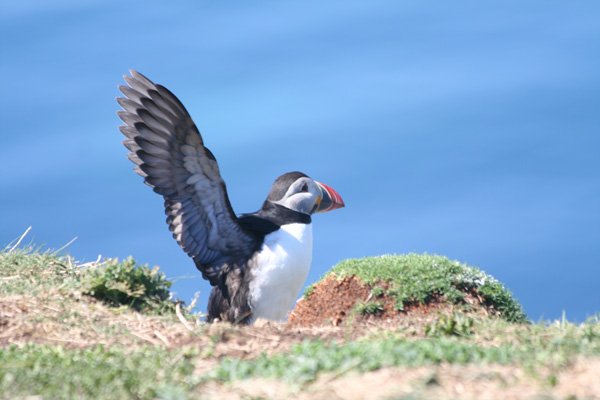Freshwater
Fresh water is abundant in the Highlands as exemplified by the many lochs, lochans, rivers and streams. The region has one of the longest freshwater lochs (Loch Shiel) and one of the deepest (Loch Morar). These lochs, together with Loch Arsaig and Loch Lochy form four of the 10 largest lochs in Scotland. The lochs are supplemented by numerous oligotrophic lochans. Lochaber is also a region of fast flowing rivers and burns with clear waters. Of these, the River Moidart, River Shiel, River Aline, Strontian River, River Roy and River Coe are spate rivers, whose water levels respond quickly to heavy rainfall and snow-melt. Shingle and sand banks are also a common feature of many of the larger rivers in Lochaber.

The diversity of the freshwater habitats and margins In Lochaber support a range of species, including quillworts (Isoetes spp), water lobelia (Lobelia dortmanna), shoreweed (Littorella uniflora), bulbous rush (Juncus bulbosus), reed (Phragmites communis), common clubrush (Schoenoplectus lacustris agg), water horsetail (Equisetum fluviatile), bottle sedge (Carex rostrata) and floating bur-reed (Sparganium angustifolium), as well as rare aquatic and marginal plants such as the slender naiad (Najas flexilis), Irish ladies tresses (Spiranthes romanzoffiana), pipewort (Eriocaulon aquaticum), club sedge (Carex buxbaumii), pygmy-weed (Crassula aquatica) and dwarf water-lily (Nuphar pumila).
The banks of upland burns support mountain sorrel (Oxyria digyna), northern bedstraw (Galium boreale) and yellow saxifrage (Saxifraga aizoides). Purple loosestrife (Lythrum salicaria), meadowsweet (Filipendula ulmaria), hemlock waterdropwort (Oenanthe crocata) and flag iris (Iris pseudocorus) are associated with lowland water courses. Some watercourses are fringed by riparian woodland; the composition dependent of edaphic factors, with oak typical of acidic soils and hazel and ash on more basic soils. Wetter areas give way to alder carr as seen along certain sections of the River Callop by Glenifinnan.
The nature of the bank, the river profile and water level affect not only the nature of the vegetation, but also its aquatic inhabitants.
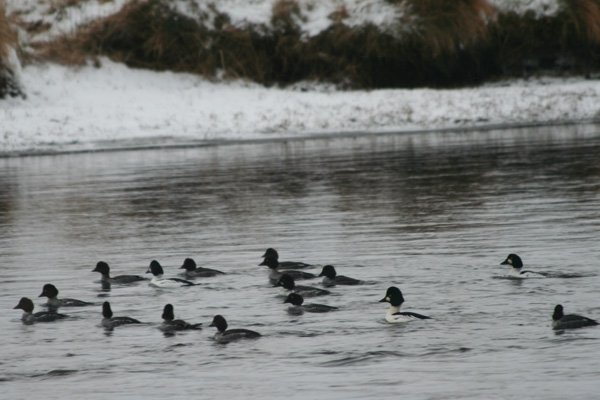
Lochaber supports an abundance of dragonfly and damselfly species, with nine species recorded from one site alone. Species include golden ringed dragonfly, northern emerald dragonfly, common hawker, southern hawker, Azure hawker, white-faced darter, four-spotted chaser and keeled skimmer, as well as Highland and black darters. Damselflies are represened by common blue, large red, blue-tailed, emerald and beautiful demoiselle. Other organisms with aquatic nymphs include mayflies, caddisflies and stoneflies. Other inhabitants of the benthic zone include water boatmen and diving beetles. Specialities include two nationally notable coleopteran species, Deronectes latus and Riolus cupreus found in the Strontian River. The active shingle beds associated with many of the rivers also support a specialist invertebrate fauna.
The rivers and lochs of Lochaber also provide habitats for freshwater pearl mussels (Margaretifera margaretifera), Atlantic salmon, sea and brown trout, lamprey (brook and river) and eel. Loch Morar also contains an Ice Age relict population of Arctic charr. Amphibians are represented by common toad, common frog and palmate newt.
Black throated diver, red throated diver, dipper, grey wagtail, teal, mallard, wigeon, common scoter, goldeneye, red-breasted merganser, and goosander, whopper swan, common sandpiper are just a few of the avian species associated with the rivers, burns and freshwater lochs. Raptors such as white-tailed eage and osprey can be seen fishing in a number of Lochaber's freshwater lochs and may also nest in nearby riparian woodland. Swifts, swallows, house martens and sand martens, together with Daubenton's bats, skim the surface of freshwater bodies for tiny insects. Water voles feed along the margins of watercourses, whilst otters make use of the freshwater to forage, to wash their coats (after foraging in sea lochs or along the coast) and for their maternal holts in the associated riparian woodland.
Whether botanising, bird watching, mammal spotting or fishing, freshwater habitats are a great place to explore the rich natural heritage of the Western Highlands.

